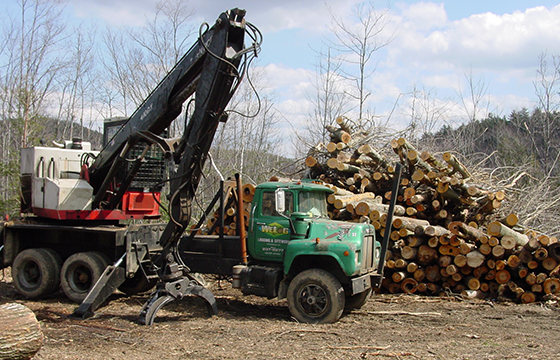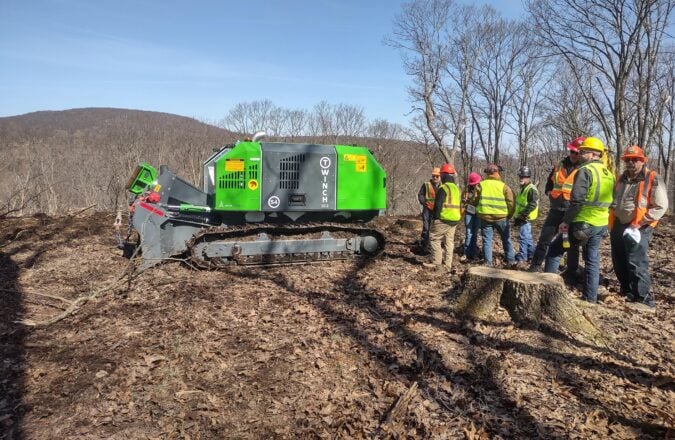Maintaining the Infrastructure Maintains Opportunities


In 1999, New England and New York had 17 operating pulp and paper mills. Today, there are six. Much has been written about the loss of these markets and why they disappeared. That is not today’s discussion. This post looks at something else: the infrastructure that developed to supply these and other mills in the region, presenting opportunities for new industries to emerge.
It’s natural to focus on what has been lost, but what is much more important is what remains. Of course, in the Northeast there are a range of markets. In addition to the six pulp mills mentioned, there are biomass electricity facilities, sawmills and wood pellet mills. Everyday, trucks arrive at these facilities loaded with wood, and loggers are busy at work harvesting timber and getting it to these markets.
In the Northeast, there are about 50 million acres of timberland the vast majority privately owned. Ownerships range from small family forests to large industrial tracts. Single ownerships can be in excess of a million acres or as small as ten acres. The forests are diverse; northern hardwoods, white pine, spruce-fir and other types provide the raw material for a wide range of products.
Foresters throughout the region know how to manage these lands and provide professional service to a full range of landowners. Working with landowners to take the long view, foresters are an important part of making sure the resource is robust not only today, but for generations to come. Across the Northeast, annual growth is more than 50 percent above annual harvest levels indicating not only a sustainable supply, but also opportunities for new markets. Forestry schools keep producing foresters and adding to the incredible professional resources that exist in the region.
The Northeast has a well-developed group of loggers with the people and equipment to responsibly operate in the region’s diverse forest types. From highly mechanized crews to chainsaws and cable skidders, the loggers have the knowledge, experience and iron to harvest trees and get it to a landing.
While trucking capacity is an issue in all regions, there are certainly trucks for every product and circumstance in the region. From short, straight-body trucks, often seen operating on small lots in Southern New England, to the oversized rigs that run on the private road network in Maine, to chip vans heading to a biomass plant or a pulp mill – the region has the truckers and trucks to move woods to market.
In addition to these parts of the supply chain there are the relationships, systems and community support that allow the industry to grow and evolve. There are forest industry organizations in every state allowing networks to develop and making sure that the industry’s interests are heard. There are training or certification programs for almost every piece of the supply chain, ensuring the opportunity to keep knowledge current and learn from peers.
The forest industry in the region built and maintains this infrastructure. It is an incredible asset. As new wood-using manufacturers evaluate opportunities to locate in the region, the supply infrastructure from the woods to the mill allows them to know that the wood is there and it will arrive at the mill in the form they desire for a fair price.
The Northeast isn’t alone. Wood supply infrastructure is a necessary part of maintaining and developing new markets for wood products everywhere. FRA works nationally to promote a robust supply chain, growing forests in a sustainable manner, harvesting and hauling timber in a safe and cost efficient manner and receiving and handling wood as it becomes the products consumers demand. It is this supply infrastructure that is important not only to today’s markets, but to those industries that may come in the future.


